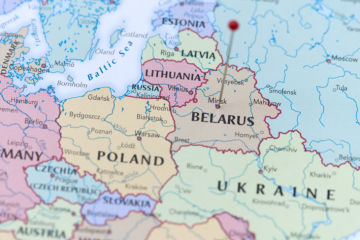
Variable Geometry: What Washington is Getting Wrong
The new buzzword echoing through the halls of the White House is variable geometry. Faced with a panoply of transnational threats, the Biden administration is building fit-for-purpose coalitions between countries and other stakeholders, including local governments, the private sector, NGOs, and academia. Coalitions have been formed to address discrete policy challenges, including COVID-19, food security, providing aid to displaced Ukrainians, and most recently, synthetic opioids. In times of polycrisis, variable geometry suggests that the “America First” policy is no longer viable. Yet, the diplomatic currency of the United States remains zero-sum; official statements about defending the liberal world order continue to echo the end of history thesis, without accounting for the growing demands of middle powers – particularly those in …

Wrong Analytical Lenses Undermine the West’s Belarus Policy
Belarus, a country of 9.2 million people in Eastern Europe, is portrayed in Western media and diplomatic circles in a simplistic and unnuanced way: in addition to its decades-long description as Europe’s last dictatorship, it is now also perceived as a Russian satellite state, springboard for hybrid threats, including illegal migration, to the EU, and a co-aggressor in Moscow’s war on Ukraine. Such perceptions particularly dominate the discourses and shape the policies towards Belarus of its immediate neighbours among EU and NATO member states – Poland, Lithuania, and Latvia. Indeed, tensions on Belarus’s borders with these states have risen sharply in recent years. Since 2020, Warsaw, Vilnius, and Riga have spearheaded the introduction of harsh Western sanctions and border closures, …









